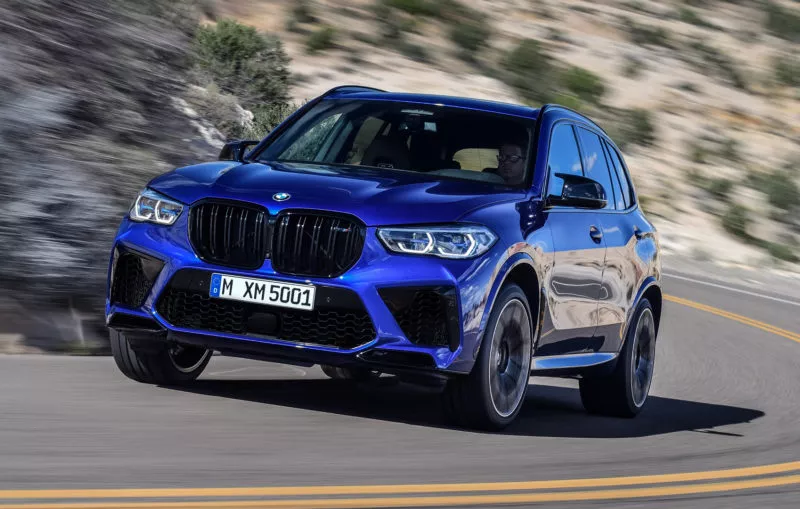Almost all young Chinese want to befriend LinaBell, a pink fox plush toy introduced by Disney on the eve of China’s National Day this year. Since its debut on 29 September at Shanghai Disneyland, young people across the country have been flocking to the theme resort, queuing up for several hours in exchange for dozens of seconds of physical interaction with the cartoon character. Online, the craving is even higher, with the hashtag of LinaBell so far drawing over 610 million views on China’s biggest microblogging site Weibo alone.
The enthusiasm has been pushing up the price of merchandise of this character, from the original some 200 RMB ($31.41) to most recently more than two thousand ($314.1). But the “inflated” price does not seem to curtail the eagerness of those young fans of having the toy, leaving many in wonder as to what has contributed to the hype.
The answer is simple and unanimous, “because it’s cute!”. “There has been a culture of “cuteness” going around among today’s young Chinese“, said Wu Shenggen, associate professor at the School of Journalism and Communication of Shanghai University. Wu also added, “Disney’s new character has just catered to young people’s endorsement of cuteness”, and as such have reaped the rewards, with products selling out fast and for heightened price.
Disney is quick to leverage the needs with LinaBell, seemingly dedicated to the Chinese Gen Z, and visitors to Shanghai Disney Resort, who were the first people to meet the new character. Following the debut on the Chinese mainland, the first friend of Duffy Bear will then go to Tokyo DisneySea and Hong Kong Disneyland next year.
Tapping into the trend is one thing, the brand-new character injected with fresh narratives turns out to be another selling point. Unlike Mickey Mouse and Donald Duck, which are traditional icons backed by the Disney Cartoon Classics, LinaBell is just described as a friend of Duffy Bear who has “an inquisitive mind and is intelligent”. “Those iconic characters might have lost their attraction to the young generation due to their long existence,” Wu continued, “a different narrative answers to young people’s pursuit of uniqueness.”
Yan Chao, an analyst at NPD specialising in the toy industry, believes LinaBell is an attempt by Disney to create a new way of building IP (Intellectual Property), leveraging online traffic while saving efforts in storytelling. While LinaBell’s success in China has shown this strategy could be a more cost-effective means to win over China’s young generation, some have cast doubt over how long the craving for a character lack of story could last, with its reliance on continual hype, not something that can be guaranteed.
It is warned that such quickly produced IP could be short-lived, as consumers’ attitude towards the look of a character is fast-changing, and once the initial enthusiasm dies down, brands’ connection to consumers could be impacted as well. Brands, therefore, need to decide between a plan to build sustained success on their hype product lines or to create new ones to replace old fads, with both being a complex set of challenges to achieve.
Read more:









